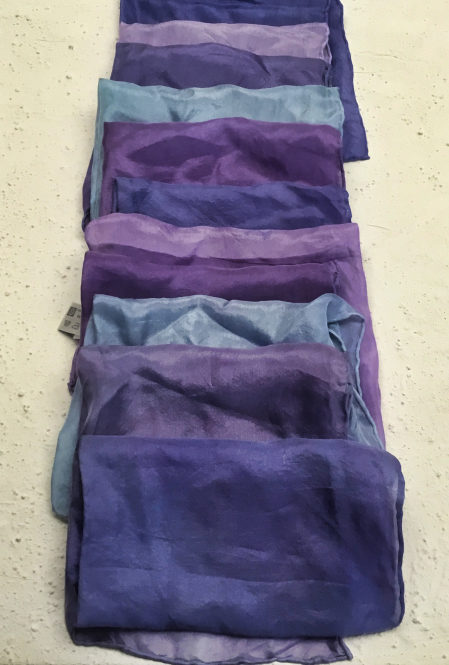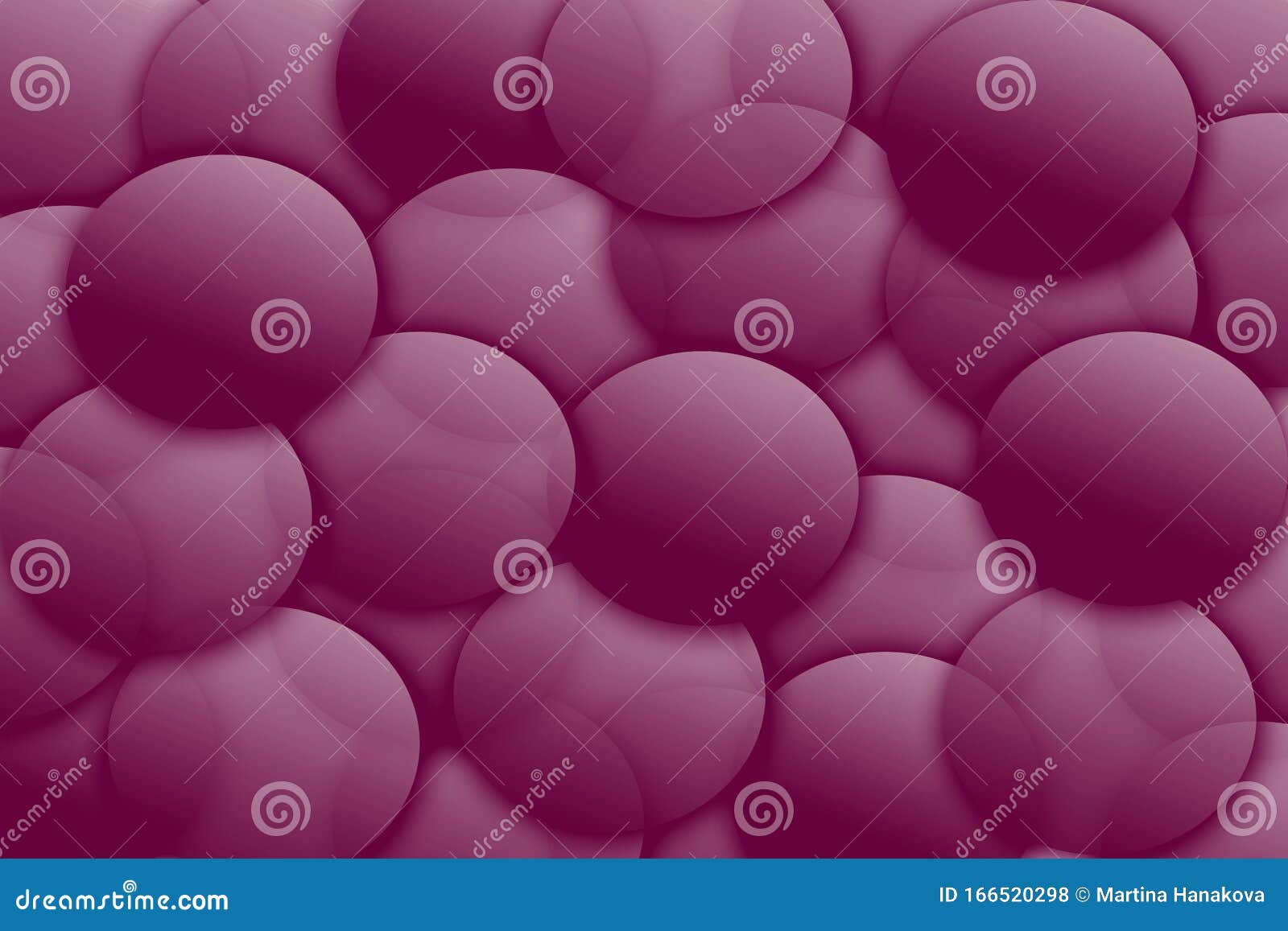

Several accounts of dyeing methods and manufacture can be found in the early correspondence, including Observations on the purple fish by Bristol-based William Cole, who heard word of

The Society has long been interested in the art of dyeing, setting up a ‘history of trades’ programme in its formative years with the aim of revolutionising industry through applied science. The vibrant mauveine purple was derived from coal tar and made its creator, chemist William Henry Perkin, a Fellow of the Royal Society and Royal Medallist.ĭyeing equipment, from the papers of Theodore de Mayerne, 1639 ( RS.15413) It wasn’t until the mid-nineteenth century that an artificial version, rivalling the intensity and durability of the one prized by the ancients, was successfully synthesised. The laborious manufacture of this dye, requiring tens of thousands of murex sea snails to supply enough pigment to colour a small swatch of fabric, meant it was worth more than its weight in gold. The colour has long been associated with authority and status because of the highly prized Tyrian purple. What will you be wearing for the Jubilee celebrations this year – a royal purple perhaps? She previously worked as Picture Researcher at Sotheby’s Picture Library including the Cecil Beaton Studio Archive. She is responsible for the care of the Society’s historical picture resources and the management and development of the Picture Library and online print shop. Katherine joined the Royal Society in 2015.


 0 kommentar(er)
0 kommentar(er)
